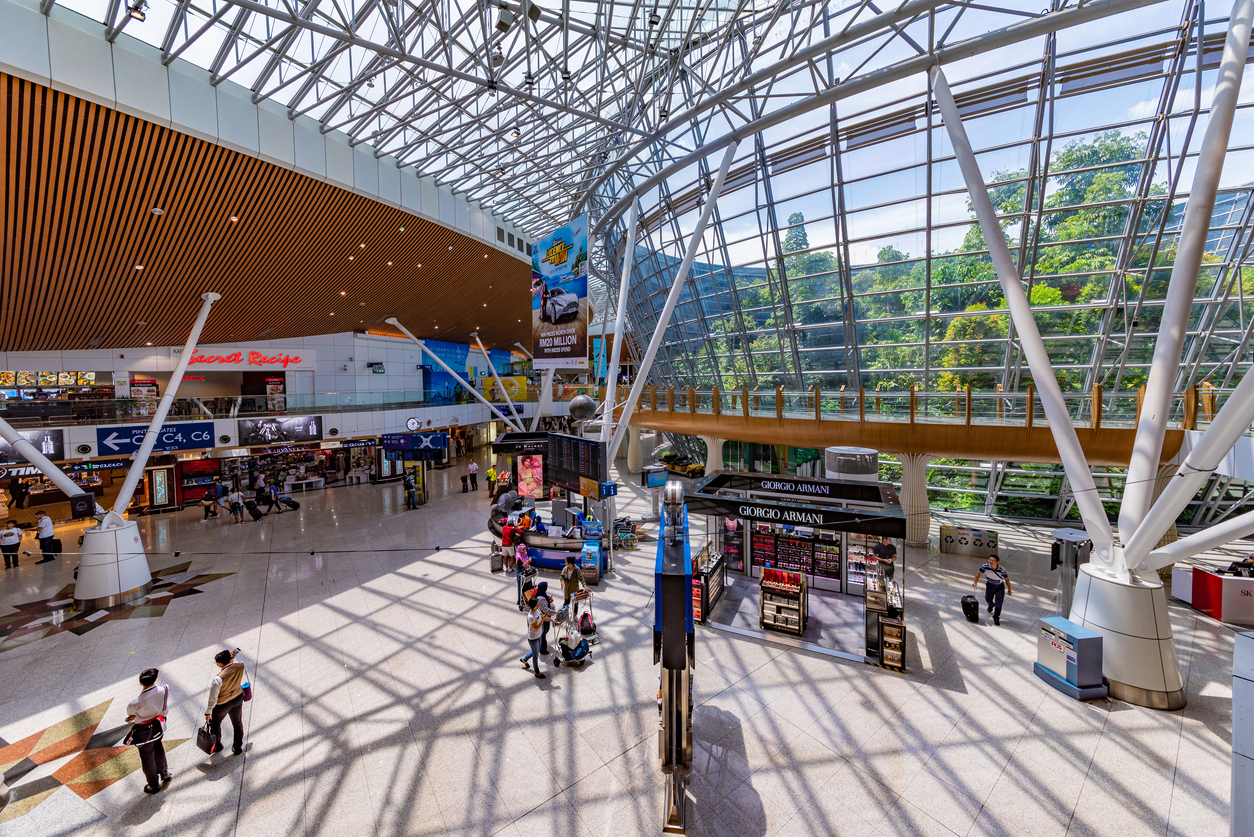
(Photo : iStock)
In the pursuit of ESG goals and the target of achieving net-zero emissions by 2050, the aviation industry faces pivotal challenges. Malaysia Airports Holdings Berhad (MAHB) ensures the sustainable development of its airports through solar power system.
According to Megat Ardian, MAHB senior general manager for strategy, a total of six of its airports in Malaysia currently have solar power systems installed as part of its Environmental Master Plan 2.0.
Solar deployment for carbon emissions
The use of solar power has already indicated positive results in terms of further cost savings and reduced energy consumption.
“We save about RM1.46 million due to the use of solar energy per year, which equates to a 35% increase in savings YoY,” Ardian says.
“Solar energy will cost 30% less than current electricity rates, resulting in potential savings of RM42.7 million for utility operational expenditures for the next 25 years.”
Ardian said that at the Kuala Lumpur International Airport (KLIA), solar panels have been installed on the roof of Terminal 1’s satellite building and as the parking canopy at the car park. These solar panels can produce a total of 14 MWp of solar energy.
Other airports under MAHB that have employed PV solar power systems include Penang International Airport, Langkawi International Airport, Sultan Ahmad Shah Airport, Malacca Airport and Kota Kinabalu International Airport.
Total solar energy generated across all six airports in 2022 reached 19,122 MWh, with a reduction of carbon emissions by 12,219,172 tCO2.
The total solar energy produced by MAHB can power approximately 218,565 10-watt LED light bulbs or provide energy for 4,615 homes for a year.
EV transformation plan
Megat Ardian says that solar power isn’t the only measure MAHB is implementing, with the use of EV mooted for this year as part of the company’s electric vehicle transformation plan.
“We are working with infrastructure and EV providers for the use of EV in transporting passengers to and from the airport. Our plan includes the establishment of charging stations, EV-friendly parking lots, and dedicated pick-up areas for EV vehicles,” he mentioned.
In additional, EV will be used in airside operations at KLIA, involving the replacement of current diesel-running vehicles with EVs to further lower carbon emissions.
“I think this is where we can have the most value because there are a lot of movements on the airside. Aircraft tugs, baggage tractors, they all run on diesel. So, what better way to effectively cut our carbon emissions than to change all of those to EVs,” says Ardian.





